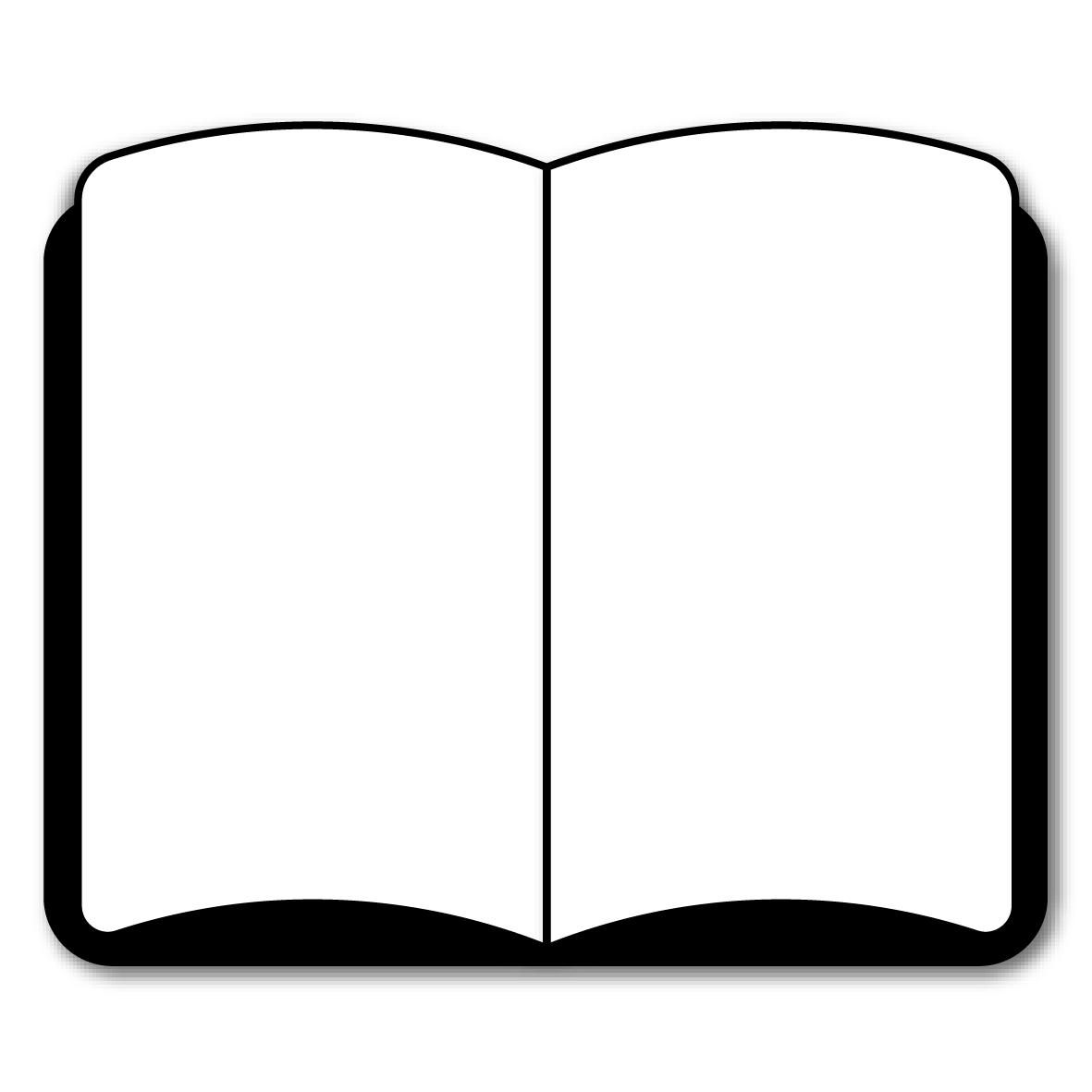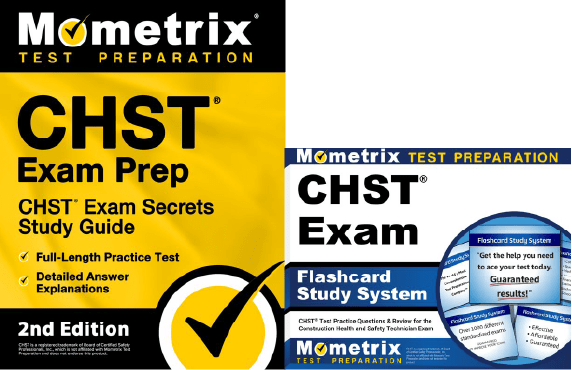If you need help studying for the Construction Health and Safety Technician (CHST®) exam or just want some more information about what the exam is like, you’ve come to the right place.
Click below to take a free CHST practice test!
What’s on the Exam?
How to Register
Exam Scores
Retaking the Exam
CHST Online Course
What Test-Takers Are Saying
FAQs
CHST Exam Eligibility
Before you can begin the registration process, you’ll need to rack up at least 3 years of experience working in construction safety, health, and environment.
What’s on the Exam?
First, let’s talk about the questions on the exam. There are 200 multiple-choice questions total, but only 176 of the questions will count toward your score. Why is that?
The 24 unscored questions on the CHST exam are called “beta” questions. These are added to the exam to determine if they’re good enough questions to add to future versions of the test.
The trick is that you won’t have any way of knowing which questions are scored and which ones are beta. They will appear just like the scored questions throughout the test.
The time limit for the exam is 4 hours. There aren’t any scheduled breaks, but you’re free to take restroom breaks as needed.
Let’s take a closer look at the different sections of the CHST exam.
1. Hazard and Risk Identification and Control
36.6% of the exam
- Common hazards and controls associated with hot work
- Common electrical hazards and controls
- Common hazards and controls associated with excavations
- Common hazards and controls associated with working at heights
- Common hazards and controls associated with working in confined spaces
- Common struck by hazards and associated controls
- Common caught-in or caught-between hazards and associated controls
- Common hazards and controls associated with:
- Hoisting and rigging
- Crane operations
- Material handling and storage
- Housekeeping
- Powder actuated tools
- Hand and power tools
- Asbestos exposure
- Lead exposure
- Noise exposure
- Radiation exposure
- Silica exposure
- Chemical exposure
- Working in extreme temperatures
- Vibration and impact exposures
- The Globally Harmonized System of Classification and Labeling of Chemicals (GHS)
- Basic safety through design
- Risks associated with multiple trades working simultaneously in work area
- Principles of ergonomics as applied to construction practices and material handling
- Requirements, usage, and limitations of personal protective equipment
- Basic testing and monitoring equipment required for a situation
- Applying the hierarchy of controls
- Verifying the effectiveness of corrective actions in eliminating or mitigating hazards
- Recognizing and addressing hazards over changing construction site conditions
- Developing job/hazard safety analyses
- Prioritizing identified hazards based on risk level
2. Emergency Preparedness, Incident Investigation, and Response
19.9% of the exam
- Proper fire protection and prevention methods
- Components of emergency action plans
- Common elements of response plans for environmental hazards
- Emergency response system
- Potential first aid or medical needs
- Universal precautions
- Planning for emergencies
3. Safety Program Development, Implementation, and Sustainment
22.5% of the exam
- Applicable health and safety standards and best practices
- Common components of site-specific safety plans
- Worksite assessment or audit processes
- Roles, responsibilities, and lines of authority as they relate to safety management
- Recommended equipment inspection records or logs
- Basic risk management concepts
- General/basic construction site conditions that could potentially impact safety
- Data gathering techniques and procedures used in incident investigations
- Techniques for determining the root cause of accidents or incidents
- Post-incident/accident reporting and follow-up procedures
- Documentation requirements of occupational injuries and illnesses
- Identifying which health and safety programs are relevant to a site-specific safety plan
- Applying relevant standards to worksite conditions
- Identifying trends related to incidents and accidents
- Evaluating construction means and methods and their impact on safety
4. Leadership, Communication, and Training
21% of the exam
- Available training delivery methods and instructional materials
- Appropriate human behavior motivation methods and techniques
- Communication strategies
- When to consult with equipment manufacturers, suppliers, or subject matter experts
- Information confidentiality requirements
- BCSP Code of Ethics
- Developing site-specific safety training requirements based on job tasks and work environment
- Maintaining all applicable documentation
- Determining training requirements and delivery methods based on characteristics and needs of worksite personnel
- Identifying existing and foreseeable at-risk conditions and behaviors
- Recognizing situations or behaviors that present imminent danger
- Coaching personnel to correct unsafe behaviors
- Accessing relevant current information
How to Register
To get started with the registration process, you’ll need to submit an application via the BCSP website. This application includes a $140 application fee.
Once your application is approved, you’ll be given the necessary information to register for the exam.
Exam Scores
The exam is scored using two methods: the modified Angoff method and the bookmark standard setting method.
This method relies on a group of subject matter experts to evaluate each question on the exam and determine its overall difficulty. Once a rating is agreed upon for each question, they establish a cut score, which indicates how many questions you need to answer correctly to be at the minimum level of competency.
Bookmark Standard Setting Method
This method relies on a group of subject matter experts to evaluate each question on the exam one at a time. The goal is to find a single question that represents the minimum level of knowledge/ability required to be a competent CHST (in some cases, they may decide there are multiple “bookmark” questions).
Retaking the Exam
If you didn’t get a passing score on your first try, that’s okay! You can retake the test as many times as you’d like. Just note that there’s a mandatory six-week waiting period between attempts.
Online CHST Prep Course
If you want to be fully prepared, Mometrix offers an online CHST prep course. The course is designed to provide you with any and every resource you might want while studying. The CHST course includes:
The CHST prep course is designed to help any learner get everything they need to prepare for their CHST exam. Click below to check it out!
What Test-Takers Are Saying
Don’t just take our word for it! See what real test-takers are saying about the CHST:
“You should definitely know the major parts of 1929 and horizontal standards 1910. But the best suggestion I can give you is to know how to implement the hierarchy of controls.”

SeaAnthropomorphized
“Know fire extinguisher types and their uses. Most of what I saw was just using your knowledge and experience in safety and applying it to scenarios they made up.”

daltonn_c
“As long as you know basic construction (rigging, trenching, confined space, fall protection, etc.), you will do fine.”

Thefightingmuktuk
“CHST is relatively easy if you know hierarchy of controls very well and general construction safety. In fact, I feel like most of the test was related to the applicators of the hierarchy of controls.”

marinesafety92
FAQs
What is CHST certification?
The Construction Health and Safety Technician certification is offered by the BCSP to recognize people who have demonstrated competency in preventing construction-related injuries and illnesses.
How do you get CHST certification?
To receive CHST certification, you’ll need to pass the CHST examination.
Is the CHST exam difficult?
It all depends on how much you prepare for the exam. Overall, it’s considered to be a moderately difficult exam.
How many questions are on the CHST exam?
The exam contains 200 questions.
What is the time limit for the CHST exam?
The exam is timed at 4 hours.
How much does the CHST exam cost?
The total cost of the exam is $300.
What does CHST stand for?
CHST stands for Construction Health and Safety Technician.
CHST is a registered trademark of Board of Certified Safety Professionals, Inc., which is not affiliated with Mometrix Test Preparation and does not endorse this page.



 CHST Online Course
CHST Online Course CHST Study Guide
CHST Study Guide CHST Flashcards
CHST Flashcards

